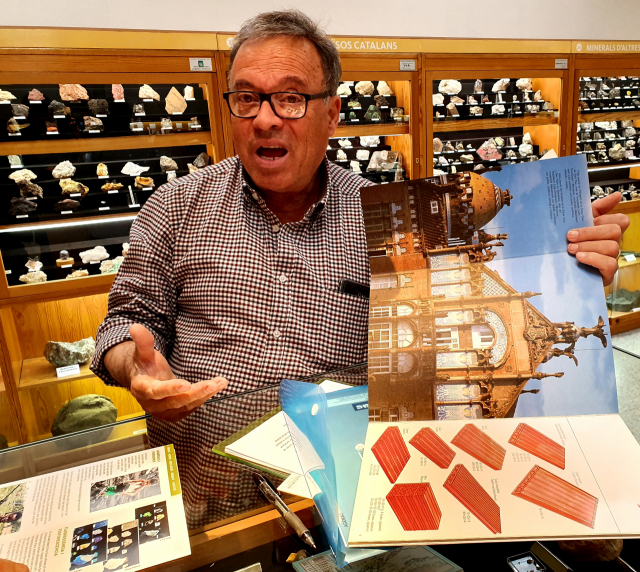
Having many World Heritage Sites and Global Geoparks designated by UNESCO, Spain is committed to performing "research on minerals," which is neglected by most countries.
Central Catalonia Geopark, located in Central Catalonia, Northeastern Spain, has numerous geological and mining heritages.
At the Manresa Geology Museum, located in Technical University of Cataloniain the geopark, researchers investigate minerals and study their use and processing methods. The museum has a collection of about 3,000 minerals, used across Europe, and about 2,000 fossils, found in the geopark.
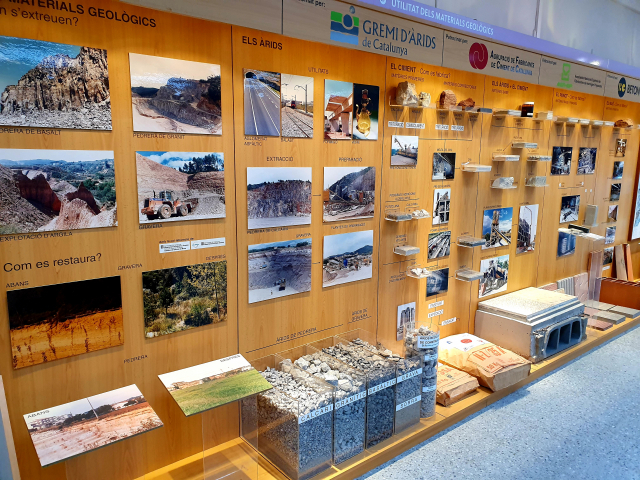
The museum's work can be summarized as two steps. First, researchers investigate minerals used in ancient structures across Europe, with the focus on ancient structures in Spain, and identify their characteristics and places of origin. Next, they perform research on how to process minerals to make them close to their original form and publicize the research results.
The research on spherulitic rhyolite, or flower stone, performed at Cheongsong UNESCO Global Geopark is in line with the research on minerals performed in Spain. In Cheongsong, researchers perform a separate academic study on spherulitic rhyolite, which is produced only about 100 areas around the world. Cheongsong is planning to use education programs and preparing to get the designationofa World Natural Heritage.
"Basic minerals of our university are applied in various fields, especially for the restoration of ancient structures," said Professor JosepBiosca Munts at the Technical University of Catalonia, the director of the Manresa Geology Museum. "Mineral research is of such a great value that people around the world have to study minerals in collaboration based on a shared empathy."












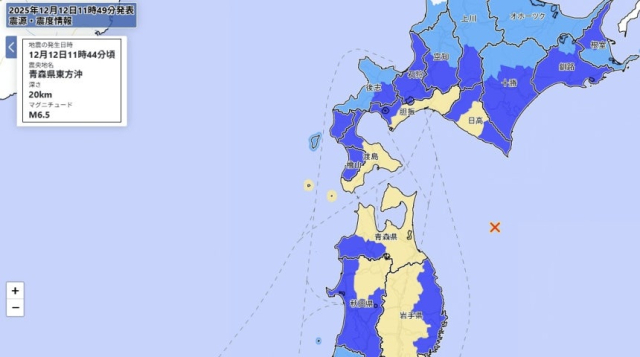






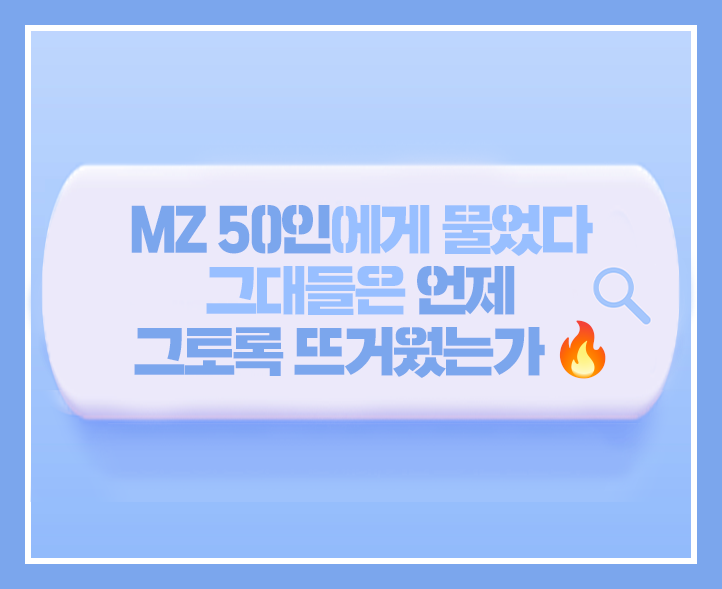
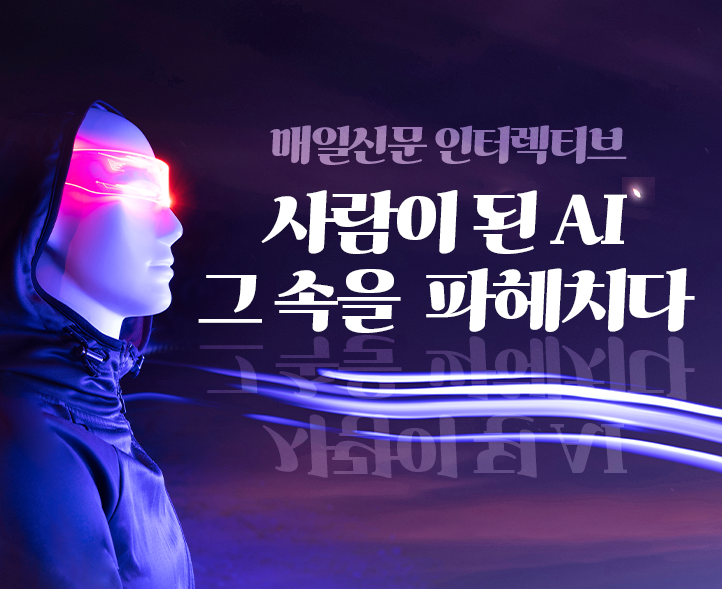
















댓글 많은 뉴스
"참 말이 기시네" "저보다 아는게 없네"…李질책에 진땀뺀 인국공 사장
[단독] 정동영, 통일교 사태 터지자 국정원장 만났다
"'윤어게인' 냄새, 폭정"…주호영 발언에 몰아치는 후폭풍
대구 동성로 타임스 스퀘어에 도전장…옛 대백 인근 화려한 미디어 거리로!
[인터뷰]'비비고 신화' 이끌던 최은석 의원, 국회로 간 CEO 눈에 보인 정치는?